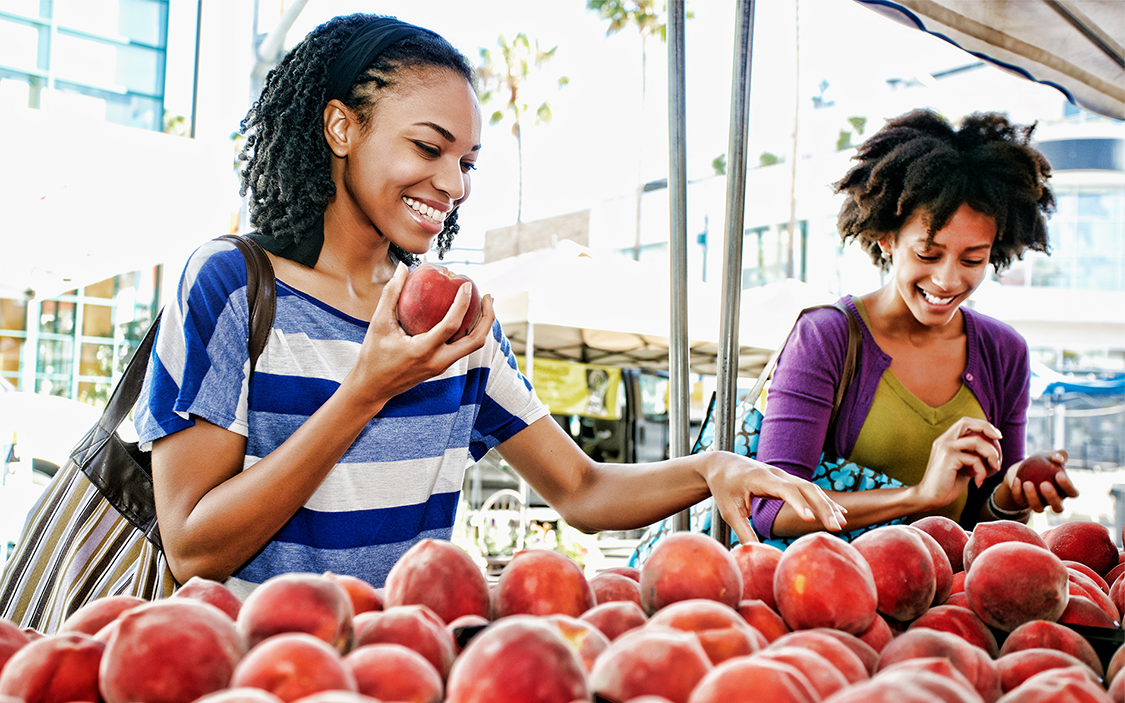
Peak Produce for Peak Performance: What’s in Season
Produce is a critical part of any diet, and fresh produce is better for the environment, local farmers and your wallet.
Resources for
Follow USAVolleyball
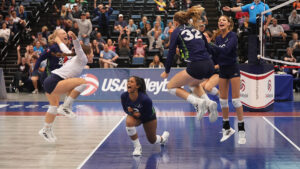 USA Volleyball Education is focused on improving developmental and educational opportunities across the sport of volleyball from grassroots to the national team level. Our goal is to provide the opportunity to access, complete and apply high-quality information and methods in the technical, tactical, physical and emotional aspects of the game for athletes and coaches while providing training, support and resources for other key stakeholders including officials, parents and clubs.
USA Volleyball Education is focused on improving developmental and educational opportunities across the sport of volleyball from grassroots to the national team level. Our goal is to provide the opportunity to access, complete and apply high-quality information and methods in the technical, tactical, physical and emotional aspects of the game for athletes and coaches while providing training, support and resources for other key stakeholders including officials, parents and clubs.
For years, the focus of volleyball in many areas and across various levels shifted to a mindset of winning at all costs.
What we now know is that the most successful teams in the world have developed a model of training and a culture that supports a holistic approach to athlete development which not only sets them up for competitive success on the court, but values and emphasizes the important of athlete health, well-being and long-term involvement in the sport.
The USA Volleyball Development Model was created based on the idea that volleyball in the U.S. could be taught differently, resulting in long-lasting positive outcomes across all measures of performance while keeping kids involved and loving the game longer.
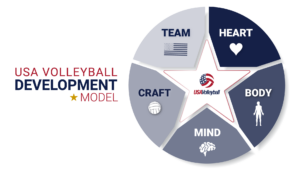
The five pillars of the USA Volleyball Development model provide the basis for a holistic approach to the core elements that are vital to supporting development at every level and across age groups.
USA Volleyball Education is committed to providing support for the volleyball community with a role-based approach to education and training. Whether you’re planning practices, cheering from the stands or making the right call, we provide the tools and resources to help you succeed.
USA Volleyball partner Sports Imports has provided USA Volleyball coaches with drills for use with their Trainer+ and The Vertec.


Produce is a critical part of any diet, and fresh produce is better for the environment, local farmers and your wallet.
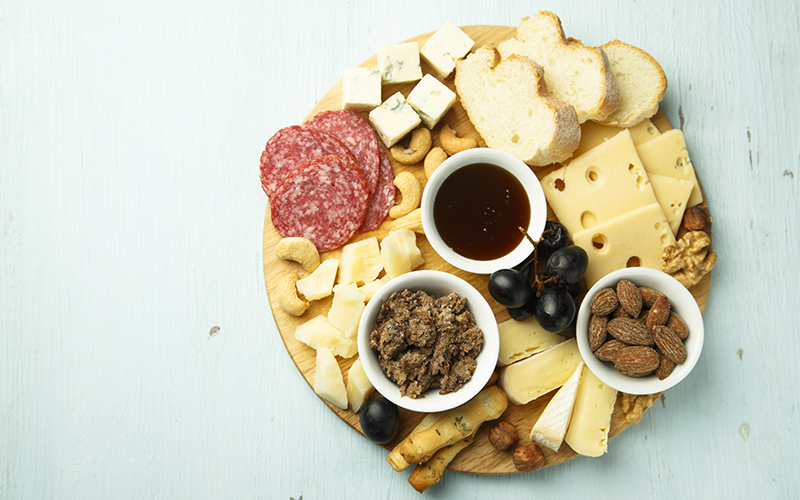
Check out these tips on what to bring to satiate your team during day-long events.
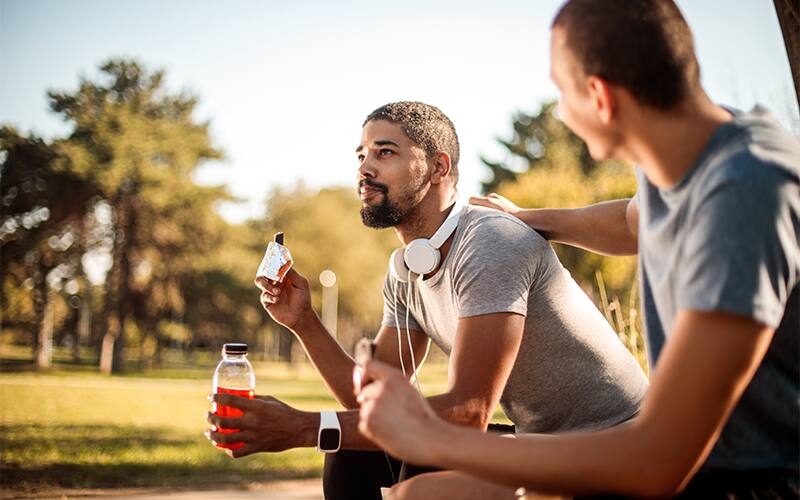
Let your child feel their feelings, and find out the source of the anxiety.
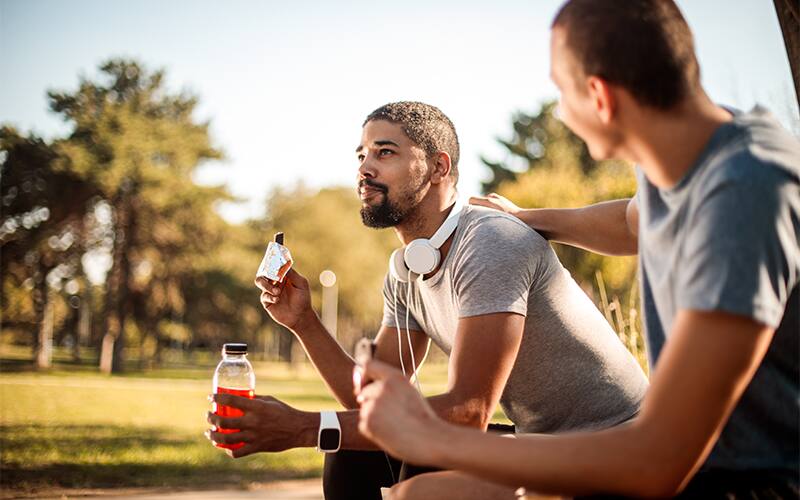
Any athlete can show signs of social or sport anxiety. Here are some ways to help your child through these fears.

It can be easy for young athletes to overeat. Here's how you can educate your child about serving sizes.

Better manage nutrients by cooking at home; these tips will help.
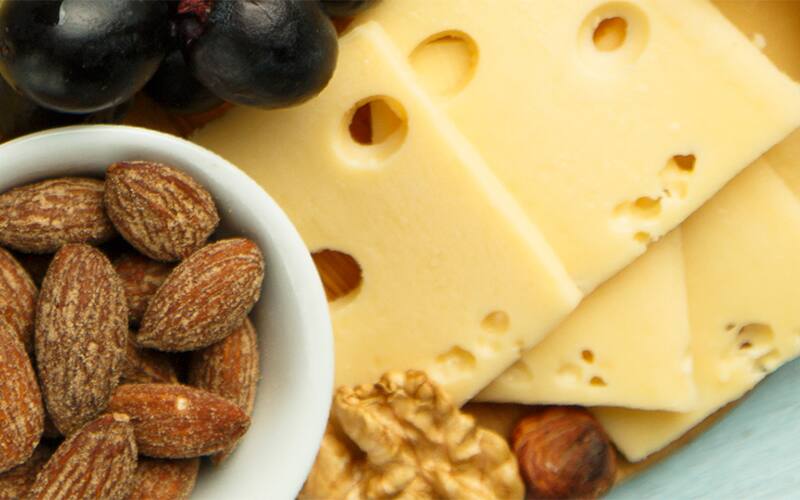
For your best athletic performance – and for strong bones later in life – it’s important to keep calcium in the body. But how much should you consume, and what are some of the best sources – besides dairy?
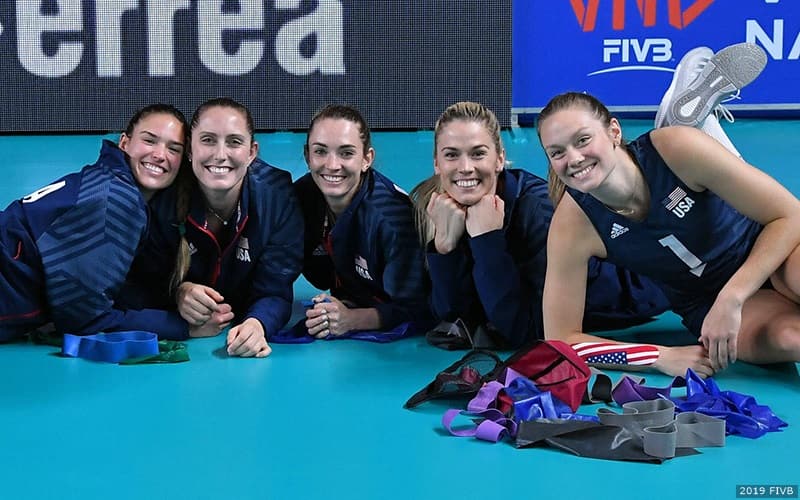
A proper warm-up will leave your muscles loose, warm and ready for a match. Here's how the U.S. Women's National Team prepares for a match.

Good, consistent sleep is crucial for an athlete's recovery. Here's a few tips on how to catch all those important Zs!

In this CAP II article, volleyball coach and certified fitness trainer Dolores Gurule' de Duran talks about the importance of strength and conditioning for players.

Fruit smoothies pack in carbohydrates and between 15g and 20g of protein per 16-oz serving, which are critical for sport performance. Check out TrueSport's recipe.
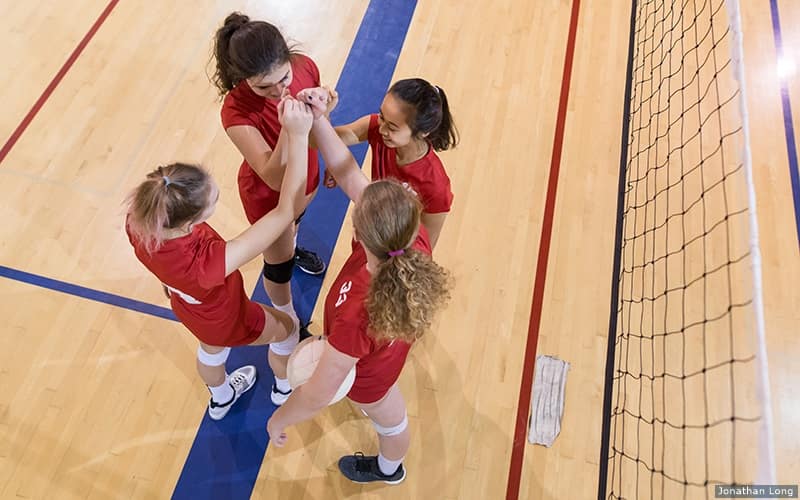
It can be a daunting task, speaking to your athletes about mental wellness. It’s a sensitive topic and one that can’t be tackled lightly. Knowing that, psychiatrist Dave Conant-Norville, MD, shares some valuable tools and tips on how to start the conversation about mental well-being with your athlete, and how to keep those conversations moving...

Hydration is individual; what works for one athlete may not be appropriate for another. Use these recommendations as a starting point and adjust to develop your individual hydration plan.
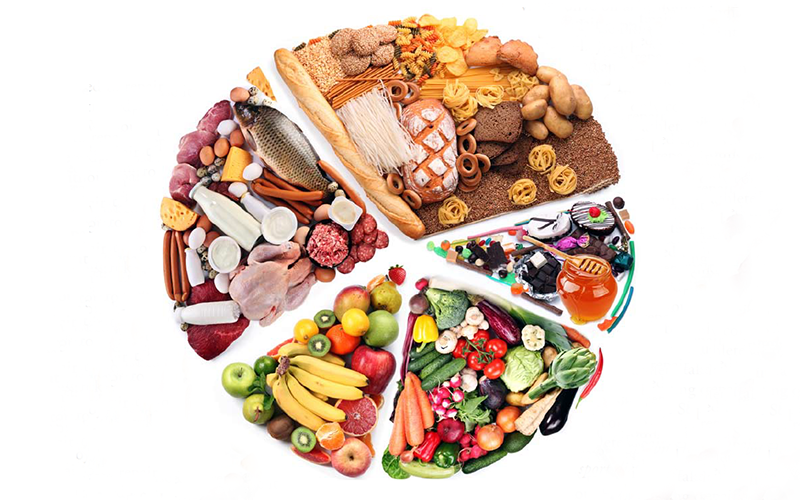
Misguided views on how female volleyball players should look and what they should weigh are an ongoing problem in our sport.

The popular pick-me-up can enhance performance, but it’s important to be aware of the potential side effects.
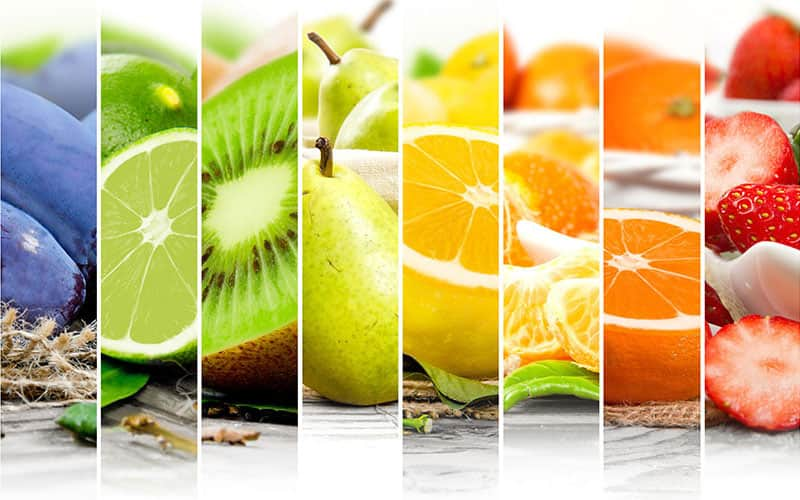
Eating with the season means you are more likely to get the freshest and most nutritious items.
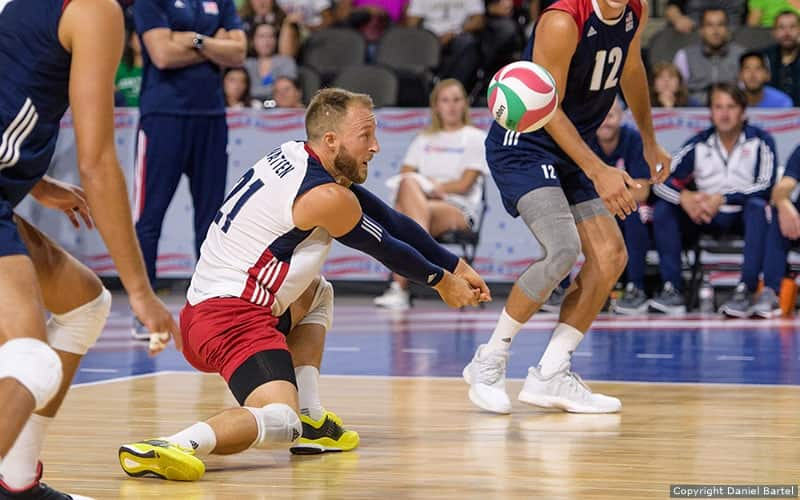
Looking for insights to improve your game? Check out our tips from top U.S. athletes
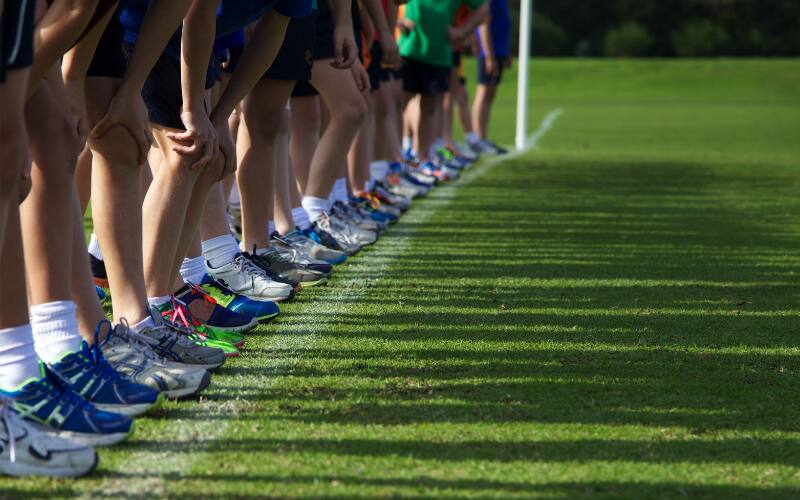
Exercise has been used as punishment in the past, but there's ways to prove a point other than forced physical exertion.

Vaping is thought to be safer than smoking cigarettes, but it is actually harmful to a young athlete's training and long-term health.

Eating before a match is an important part of being a successful athlete. No matter if a match is over in three sets or goes five sets, here are some fueling tips to make sure your body is ready to keep playing through the end.
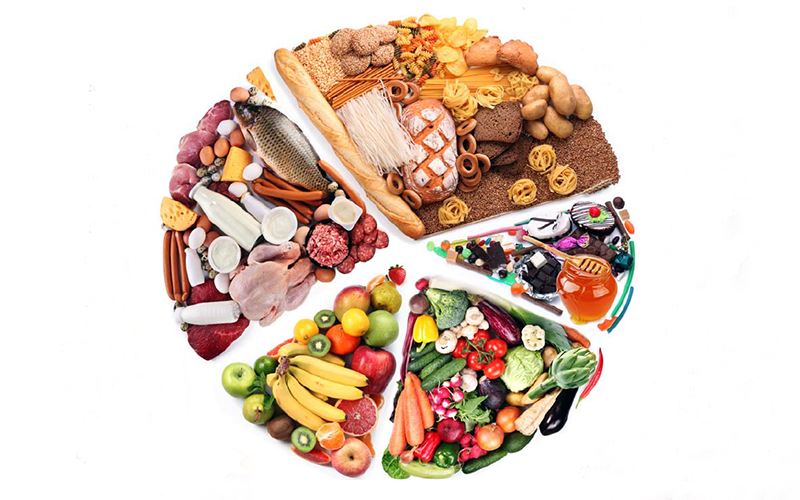
With the right nutrients in your diet, you can lower the risk of injury and recover more quickly if you do get hurt.